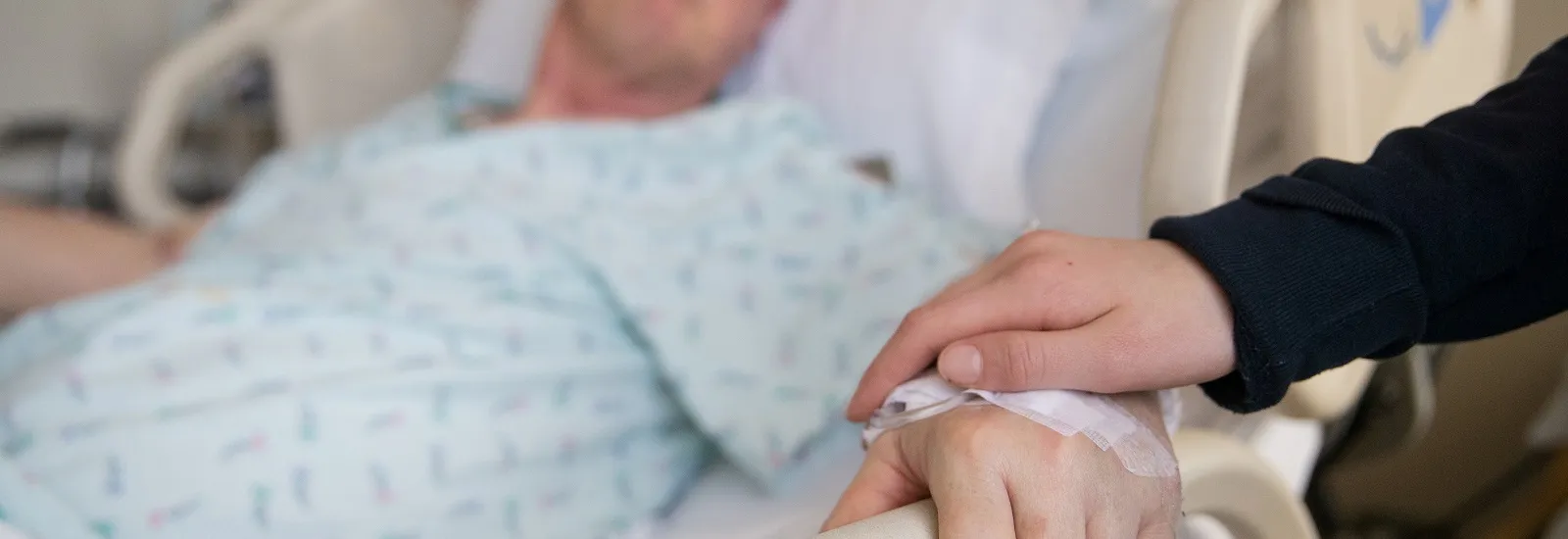
Not all strokes are created equal: Know the different types of strokes
3-minute read
A stroke occurs when a blood vessel in the brain becomes
blocked or ruptures. When this happens, blood and oxygen cannot get to the
brain and the brain cells immediately begin to die or become
Understanding how to prevent a stroke and knowing how to
recognize the symptoms of stroke are important for getting the treatment you or
a loved one needs as quickly as possible.
Ischemic and hemorrhagic strokes
The two major types of stroke are ischemic and hemorrhagic.
An ischemic stroke
is the most common type, accounting for 87% of all strokes. An ischemic
stroke occurs when a blood vessel becomes blocked. The blood vessels can become
blocked for a number of reasons, including fatty deposits that build up on the
blood vessel wall over
Hemorrhagic
strokes account for about 13% of cases. These strokes
occur when a weakened blood vessel ruptures and causes blood to leak into or
around the brain, causing brain cells to die. Hemorrhagic strokes can be caused
by aneurysms and arteriovenous malformations (AVMs),
Hemorrhagic strokes are often more dangerous. In
addition to destroying or damaging brain cells, they can also create increased
pressure in the brain or spasms in the blood vessels.
Lesser-known types of strokes
A transient ischemic attack (TIA), also called a "warning
stroke" is caused by a blood vessel becoming temporarily blocked. During a TIA,
blood flow to the brain can be blocked for minutes or even hours. A TIA is a warning sign and should be taken
seriously. According to the American Stroke Association, about 1 in 5 people
who experience a TIA will have a major stroke within 90 days.
Stroke symptoms — think FAST
The best way to recognize stroke symptoms is to remember the acronym FAST,
which stands for Face, Arm, Speech, and Time. Call 911 immediately if you
notice any of these signs:
- Face: Numbness or weakness in the face or one side of the face drooping
- Arm: Weakness or numbness in one arm
- Speech: Slurred speech or other speech difficulties
- Time: Time to call 911
Every stroke requires emergency care. The treatment used
depends on the type of stroke and how much time has elapsed once symptoms
began. Stroke treatment should happen as quickly as possible to reduce brain
damage. Calling 911 means treatment can begin in the ambulance, on the way to
the hospital.
Stroke treatments
Ischemic stroke
treatment: If a patient arrives at the hospital within 4.5 hours of
experiencing the first symptoms of stroke, clinicians may be able to administer
a clot-busting drug called tissue plasminogen activator (tPA). Some individuals
may benefit from a clot removal procedure if a large vessel in the brain
becomes blocked or occluded. Treatment should begin as soon as possible,
although recent research shows removing blood vessel clots within 24 hours is still beneficial for some
patients.
Hemorrhagic stroke
treatment:
Surgery is performed to relieve the pressure in the skull. Surgeons may also
use a metal clip to stop blood loss from a ruptured aneurysm or do an
endovascular procedure to repair a blood vessel break. Medications,
radiosurgery, and other procedures can be used as well.
TIA treatment: Treatment for TIA
depends on what caused the stroke. A TIA can be a warning sign that a
full-blown stroke could happen next. Your healthcare provider may prescribe
medication to reduce risk of blood clots or recommend preventive surgery.
The success of these treatments all depends on how quickly the patient receives care. Never hesitate to call 911 if you think someone is having a stroke. Your quick action could save a life.
Reid Health is a Primary Stroke Center, which means we meet the
specialized needs of stroke patients using the most updated stroke care
guidelines to improve survival. Reid Health Connersville is also a stroke ready
facility. Learn more about the care we provide at Reid
Neurology Associates.

